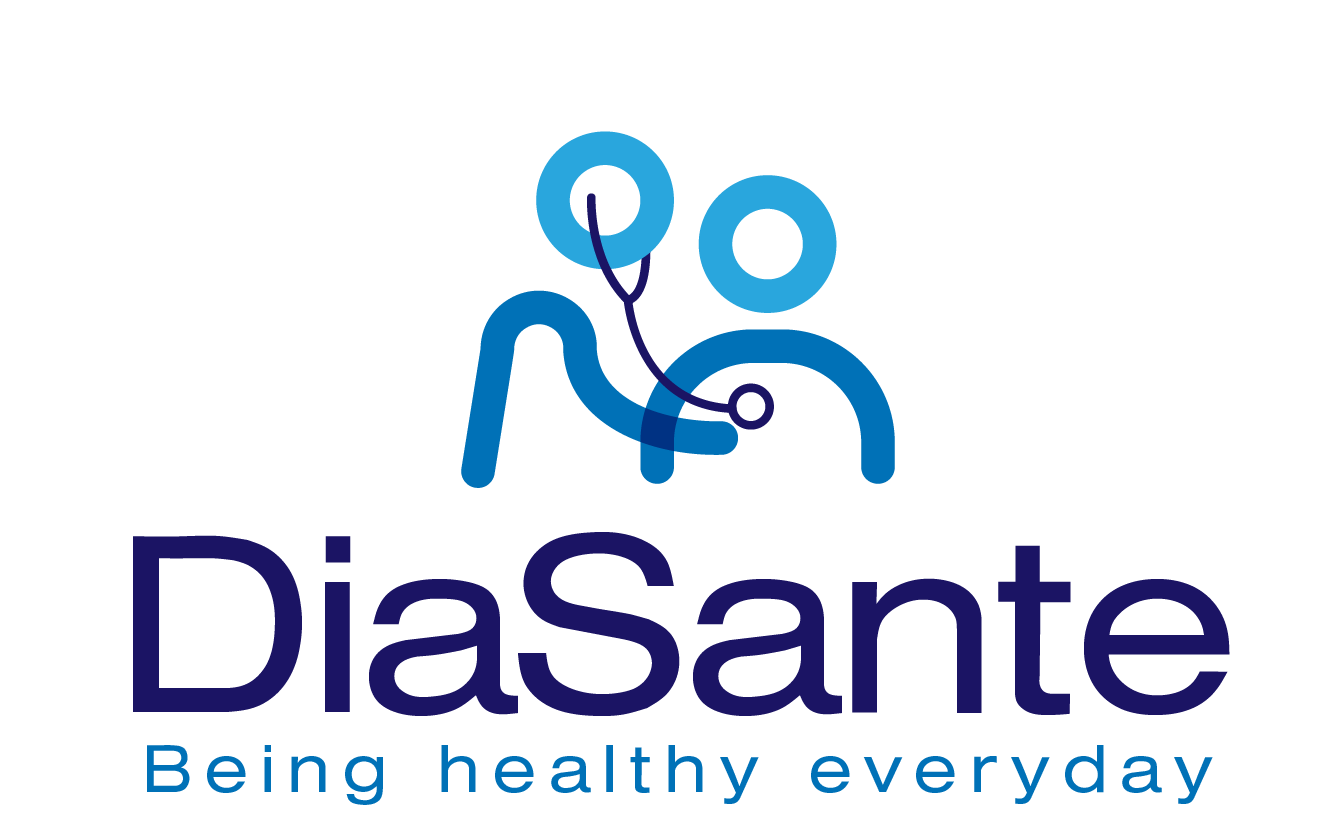Remote Patient Monitoring Drives Engagement in Disease Management
Remote patient monitoring technologies are effective for chronic disease management, so long as they are paired with other patient engagement strategies like health coaching, according to new data published in JAMA Network Open.
The study, which focused on at-home blood pressure monitoring programs, found that a program fusing health coaching with remote patient monitoring was able to lower blood pressure by anywhere from 53 to 85 percent, depending on the severity of condition at baseline.
“This is the first peer-reviewed, published study reporting the long-term experience of a digital health application for blood pressure management, with a magnitude of association that is clinically meaningful,” Alexis Beatty, MD, MAS, a cardiologist and associate professor at the University of California, San Francisco, and the lead author of the study, said in a statement emailed to journalists.
Using remote patient monitoring for chronic disease management is not a novel concept; healthcare professionals have employed mHealth tools for at-home care management for some time, but according to the researchers, improvements using technology alone have been negligible in hypertensive patients.
“BP self-monitoring has been proposed as an intervention to achieve better BP control,” the researchers wrote in the study’s introduction. “However, studies suggest that BP self-monitoring alone is insufficient to lower BP without other co-interventions, such as lifestyle counseling.”
The researchers enrolled just over 28,000 adults with varying degrees of hypertension into Hello Heart, a remote patient monitoring program that uses at-home blood pressure monitoring paired with some health coaching via a patient engagement app, to much avail.
Median systolic blood pressure improved for 53 percent of the participants with baseline elevated blood pressure, by 70 percent among those with stage 1 hypertension, and by 85 percent among those with stage 2 hypertension.
That translates into a mean systolic blood pressure drop of 7.2 mm Hg for those with elevated blood pressure, 12.2 mm Hg for those with stage 1 hypertension, and 20.9 mm Hg for those with stage 2 hypertension.
Read More on Patient Engagement HIT
Leave a reply